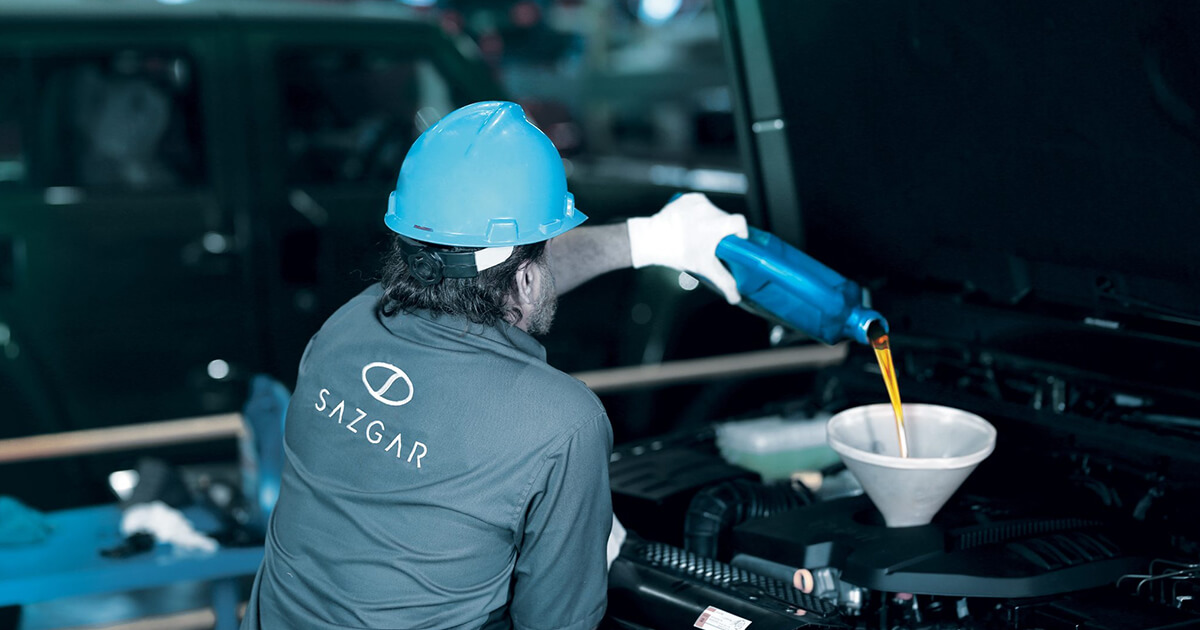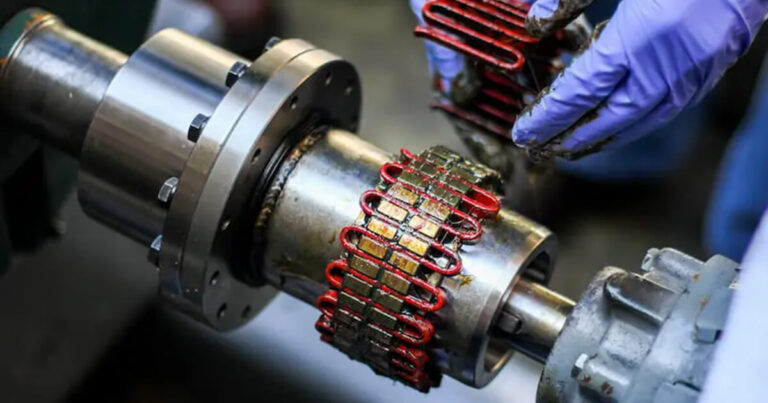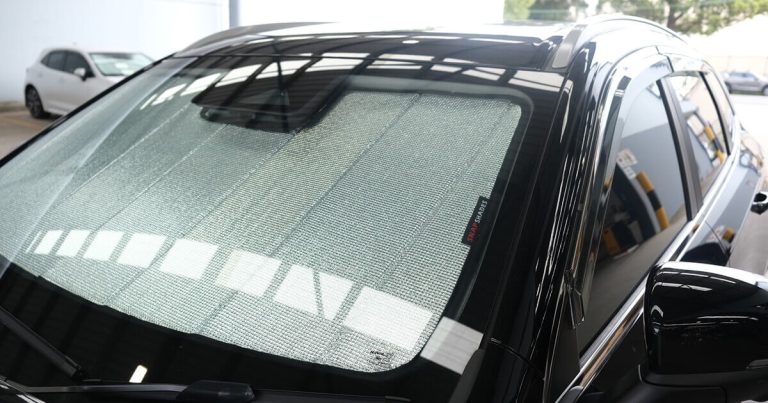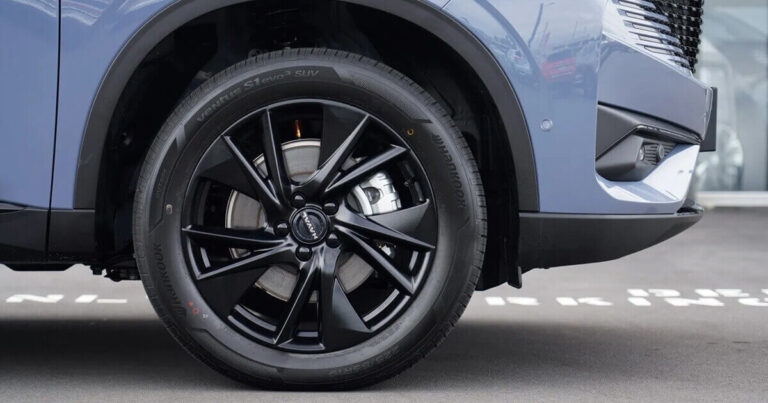Owning a car brings freedom, but it also comes with responsibility. Regular upkeep is crucial to keep your vehicle running smoothly and safely. A well-maintained car ensures better performance, fuel efficiency, and longevity. Ignoring maintenance can lead to costly repairs, breakdowns, or even accidents. That’s why having a car maintenance checklist is essential.
Furthermore, it helps you stay on top of routine tasks and prevent unexpected issues. Whether you’re a new car owner or have been driving for years, following a structured vehicle maintenance checklist will save you money, time, and headaches.
Let’s explore a simple yet effective automobile service checklist to keep your ride in shape.
Monthly Car Maintenance Schedule
Routine check-ups every month can prevent major issues down the road. Here’s what to inspect:
Check Engine Oil & Coolant
- Park your automobile on level ground and check the oil dipstick.
- Ensure the oil level is between the minimum and maximum marks.
- Check the coolant reservoir to prevent overheating.
Tire Maintenance
- Check tire pressure with a gauge and inflate if needed.
- Inspect tire tread depth using a coin test.
- Look for uneven wear, cracks, or punctures.
Battery Check
- Ensure battery terminals are clean and free from corrosion.
- Check for loose connections.
- If your automobile struggles to start, test the battery voltage.
Lights & Wipers
- Test headlights, brake lights, and turn signals.
- Replace worn-out wiper blades for clear visibility.
- Clean foggy headlights to maintain brightness.
Every 3 to 6 Months Vehicle Maintenance Checklist
These tasks ensure your car remains efficient and safe:
Change Engine Oil & Filter
- Fresh oil keeps the engine running smoothly.
- Follow the manufacturer’s recommendation for oil type and change intervals.
Brake Inspection
- Check brake pads for wear and tear.
- Listen for squeaking or grinding noises when braking.
- Test the brake fluid level and top up if needed.
Check & Rotate Tires
- Rotate tires every 5,000 to 10,000 km to ensure even wear.
- Balance and align wheels to improve handling and fuel efficiency.
Inspect Air & Cabin Filters
- A clean engine air filter improves fuel efficiency.
- A fresh cabin filter enhances air quality inside your automobile.
Yearly Car Maintenance Checklist
Once a year, perform these crucial checks to maintain optimal performance:
Check Spark Plugs
- Spark plugs affect engine performance and fuel economy.
- Replace worn-out spark plugs to avoid misfires.
Inspect Suspension & Steering System
- Test for unusual vibrations or steering stiffness.
- Get the shocks and struts checked for wear.
Flush Coolant System
- Replace old coolant to prevent overheating and corrosion.
- Check radiator hoses for leaks or cracks.
Check Transmission & Differential Fluid
- Proper fluid levels ensure smooth gear shifts.
- Replace fluids as per manufacturer recommendations.
More Frequent Check-Ups
Some maintenance tasks should be done every 5,000 to 10,000 miles:
- Oil changes
- Tire rotation
- Wiper replacement
- Brake pad replacement
However, specific issues need immediate attention:
- Check engine light
- Broken headlights
- Low tire pressure
Less Frequent Check-Ups
Some car maintenance tasks require attention less frequently:
- Vehicle battery check
- Chassis, steering, and suspension lubrication
- Transmission fluid replacement
- Fuel filter inspection
- Spark plugs and plug wires
- Exhaust system check
Signs That Your Car Needs Maintenance
Even if you follow a vehicle maintenance checklist, issues may still arise. Watch for these warning signs:
- Check engine light turning on
- Brake issues
- Reduced acceleration
- Vibrations or unusual noises
- Car stalling or trouble starting
- Drop in fuel efficiency
- Hard or delayed gear shifting.
Regular visits to a mechanic can help detect and prevent serious issues early.
How to Maintain a Vehicle You Don’t Use Often
It still needs care even if you don’t drive your car regularly. If you plan to store your vehicle for a month or more, follow these maintenance tips.
Preparing for Storage
Start by cleaning your vehicle inside and out. Wash away dirt, polish, and apply wax to protect the paint. If there’s any exposed metal, consider using an undercoating spray to prevent rust.
Moreover, fill up the gas tank to stop moisture from forming inside, and add a fuel stabilizer to keep the fuel lines from corroding. Inflate the tires to the recommended pressure to prevent them from going flat over time. Lastly, top off all essential fluids, including brake fluid, coolant, and transmission fluid.
While in Storage
Keeping your vehicle covered protects it from dust and minor scratches. Use a high-quality cover that allows airflow to prevent moisture buildup. To prevent small animals from nesting, place steel wool in the exhaust pipe and air intake. The battery can lose charge if the car isn’t driven for long periods, so connect it to a trickle charger or battery tender to keep it in good shape.
When Taking the Car Out of Storage
Before hitting the road again, inspect the vehicle for any signs of damage. Look for chewed wires, nests, or cracks in hoses and belts. Remove any steel wool from the exhaust pipe. Check the windshield wipers to ensure they haven’t become brittle. Reinflate the tires if needed and check all fluid levels. If you disconnected the battery, reconnect and ensure the terminals are clean. Finally, give the car a good wash to remove any dust that may have accumulated.
The Importance of Regular Car Maintenance
Sticking to a car maintenance schedule prevents sudden breakdowns, improves safety, and increases resale value. Many tasks, like checking oil, tires, and lights, can be done at home. However, for complex checks, consult a professional mechanic. A well-maintained vehicle prevents unexpected expenses and ensures a smooth, stress-free driving experience.
Conclusion
Keeping up with a car maintenance checklist may seem like a chore, but it’s essential for your car’s health. A little time spent on regular upkeep can save you from major issues down the road. Stay proactive, follow this vehicle maintenance checklist, and enjoy a safe, reliable ride.
FAQs: Car Maintenance Checklist
Q: What routine maintenance is required for a car?
Routine maintenance includes checking the engine oil, coolant, brake fluid, and power steering fluid regularly. It also involves inspecting tires, batteries, lights, wipers, and brakes to ensure everything is in good condition.
Q: What is the most basic maintenance item on a vehicle?
The most basic maintenance task is changing the engine oil and filter. Clean oil keeps the engine running smoothly and prevents wear and tear. Checking tire pressure and maintaining fluids topped up are also simple but essential tasks.
Q: How to do a maintenance checklist?
Creating a maintenance checklist is easy. Start by listing essential tasks like oil changes, tyre maintenance, brake inspections, and fluid top-ups. Stick to a schedule based on your car manufacturer’s recommendations and check off tasks as you complete them.
Q: How to tell if a vehicle needs maintenance?
Your vehicle will give you signs when it needs maintenance. Warning lights on the dashboard, unusual noises, decreased fuel efficiency, difficulty starting, and vibrations are all signals that something needs attention. Regular inspections can help catch issues early.




